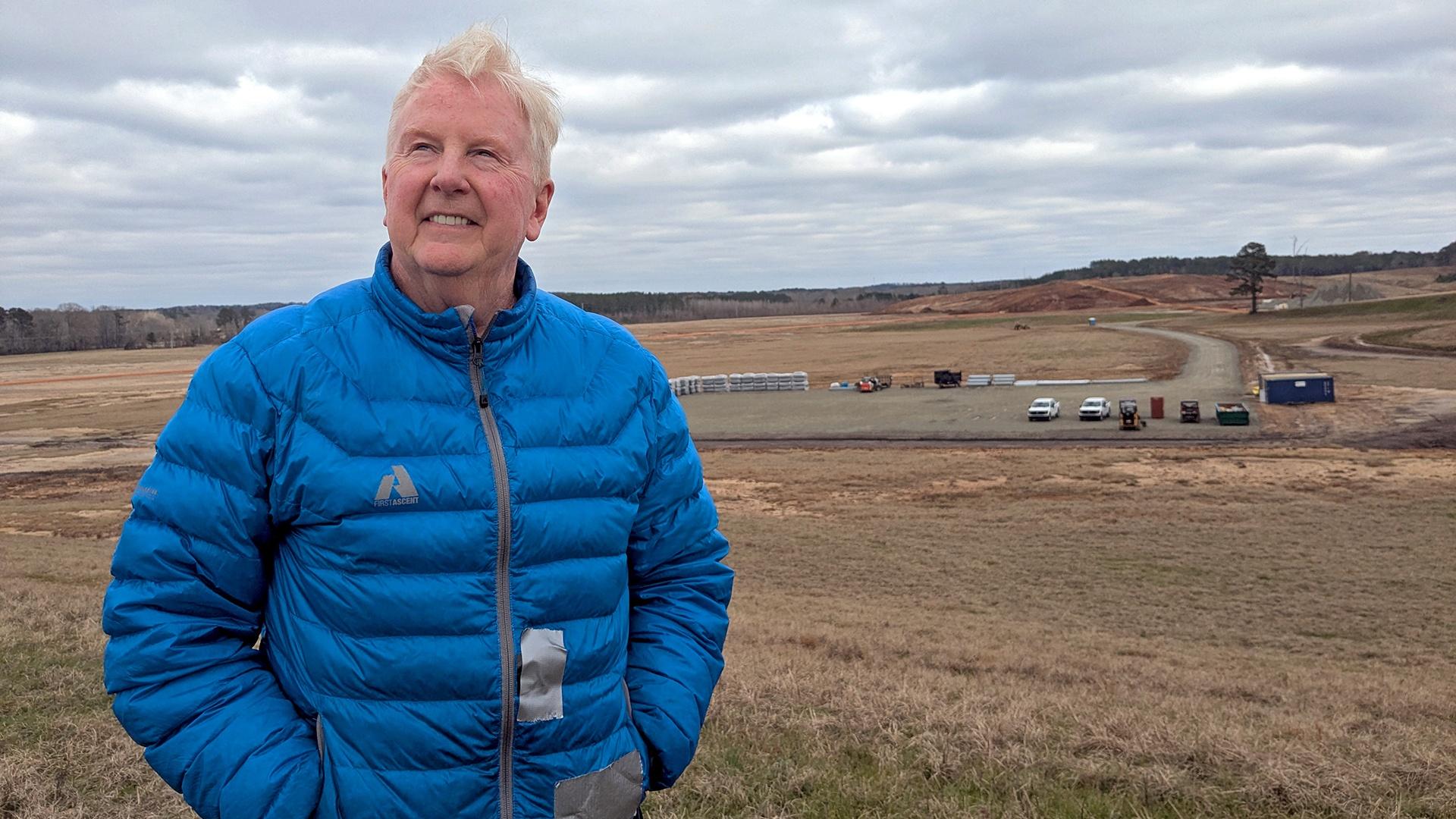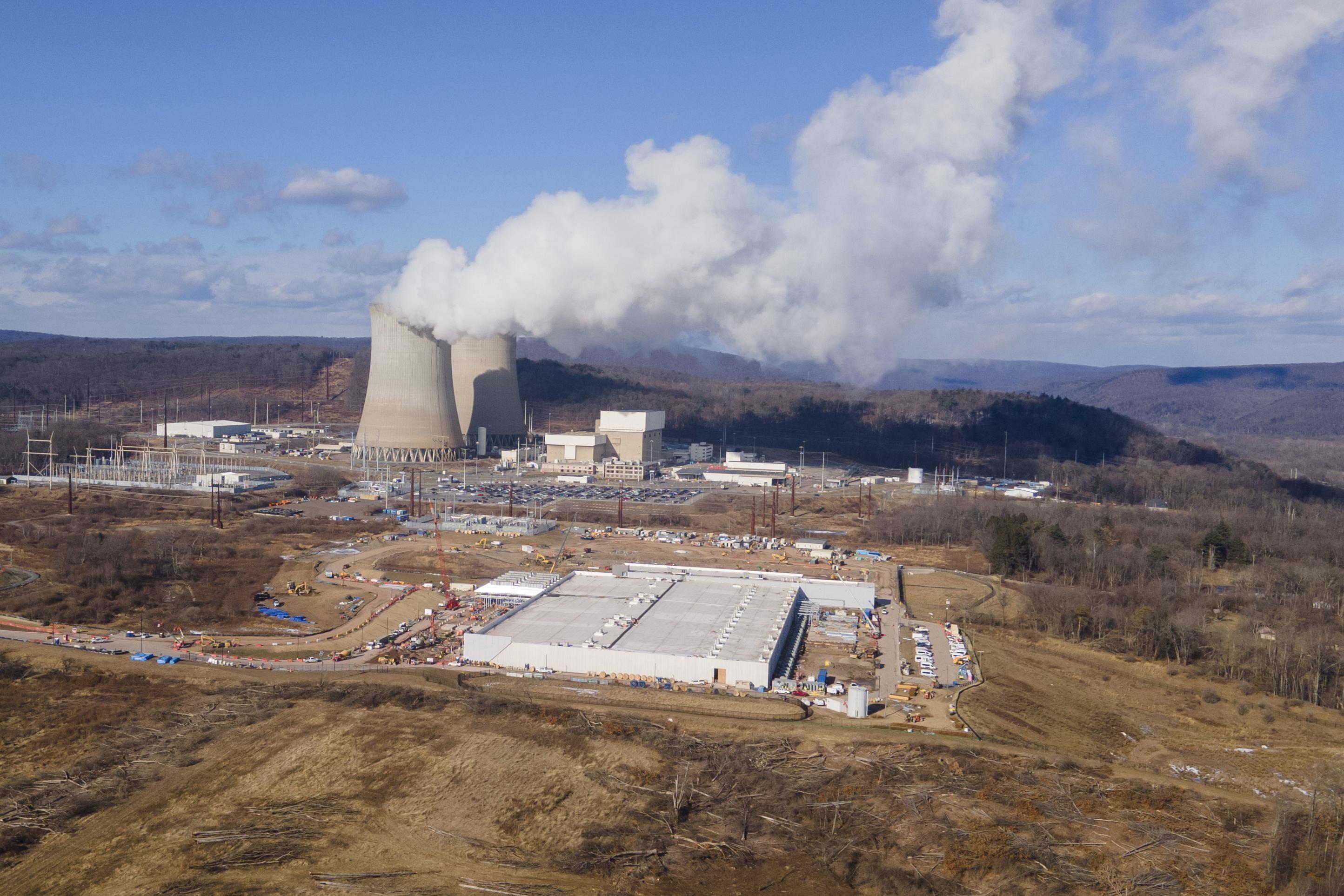Reeves has praised both data center projects. His office said the Amazon project would create at least 1,000 jobs when it was first announced. The office claimed the same for Compass Datacenters’ Meridian project
New centers like these are being built in the South, and across the country. Tech companies need their raw computing power to fuel the current AI boom. State leaders that welcome the projects into their community brag of the billions of dollars in economic development they secured. The Trump Administration also boasted of the economic impact of data centers earlier this year when announcing a $500 billion private sector venture to build out and support the centers.
But some industry experts say those huge dollar amounts can distract from an inconvenient truth for the industry — that once these centers are actually up and running, they don’t lead to many jobs.
Compared to other expensive-to-build worksites, like factories, data centers don’t require many employees to run. And while they provide the computing muscle that supports high-paying tech jobs, those jobs are often located in other parts of the country and not where the centers are located.
Communities must also contend with these centers’ deep hunger for resources like power and water. For those with the land and resources to spare, a 10-figure investment pledge and the few permanent jobs that come with it are more than welcome. But some communities that are already straining for power or have a robust economy might decide the centers don’t offer enough benefits to justify the costs.
“If you’re only seduced by the multi-billion dollar data center investment, be careful,” Kartik Hosanagar, the academic director of the Wharton School’s AI research center, said. “You have to really discount that number quite heavily when you’re trying to think through jobs.”







